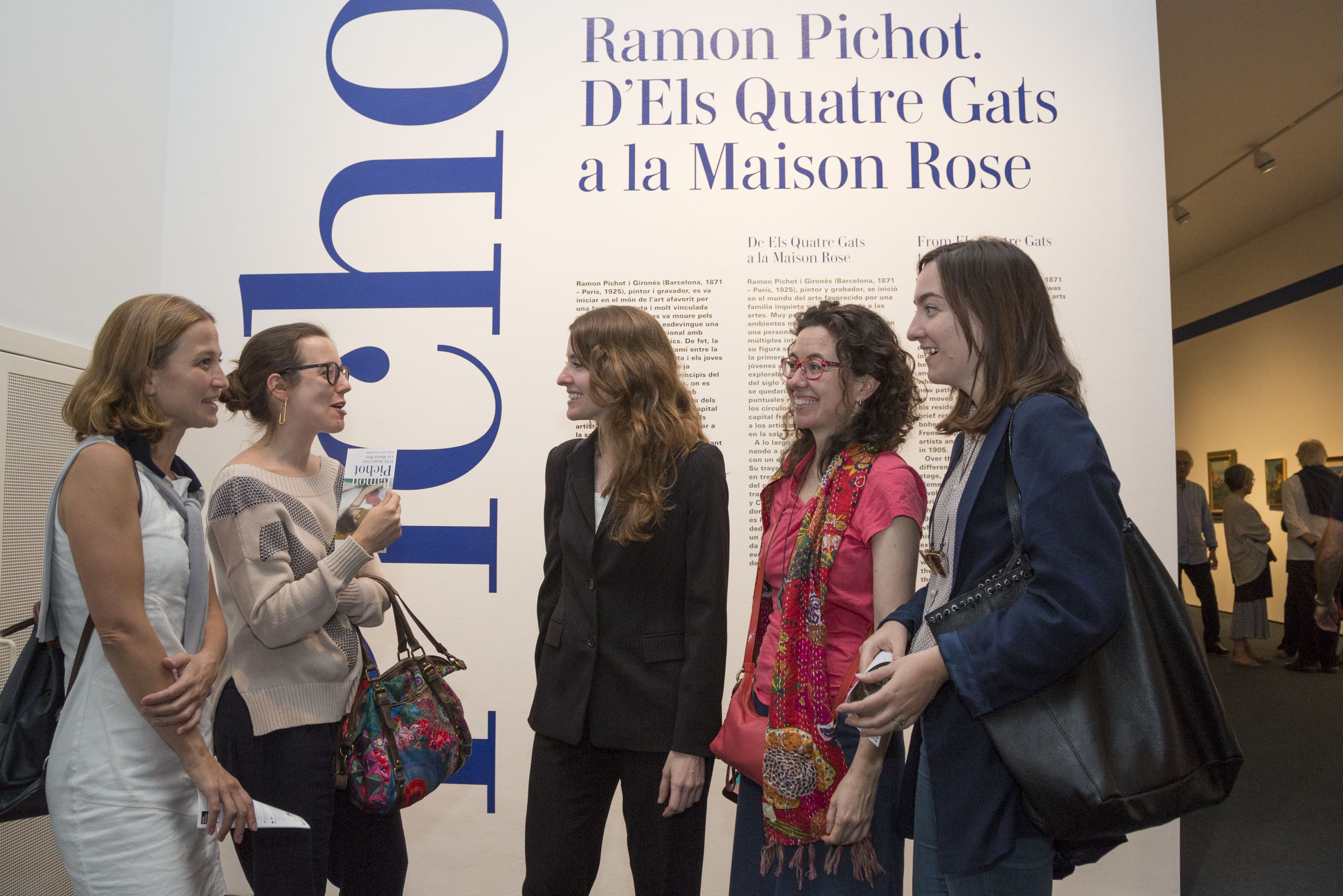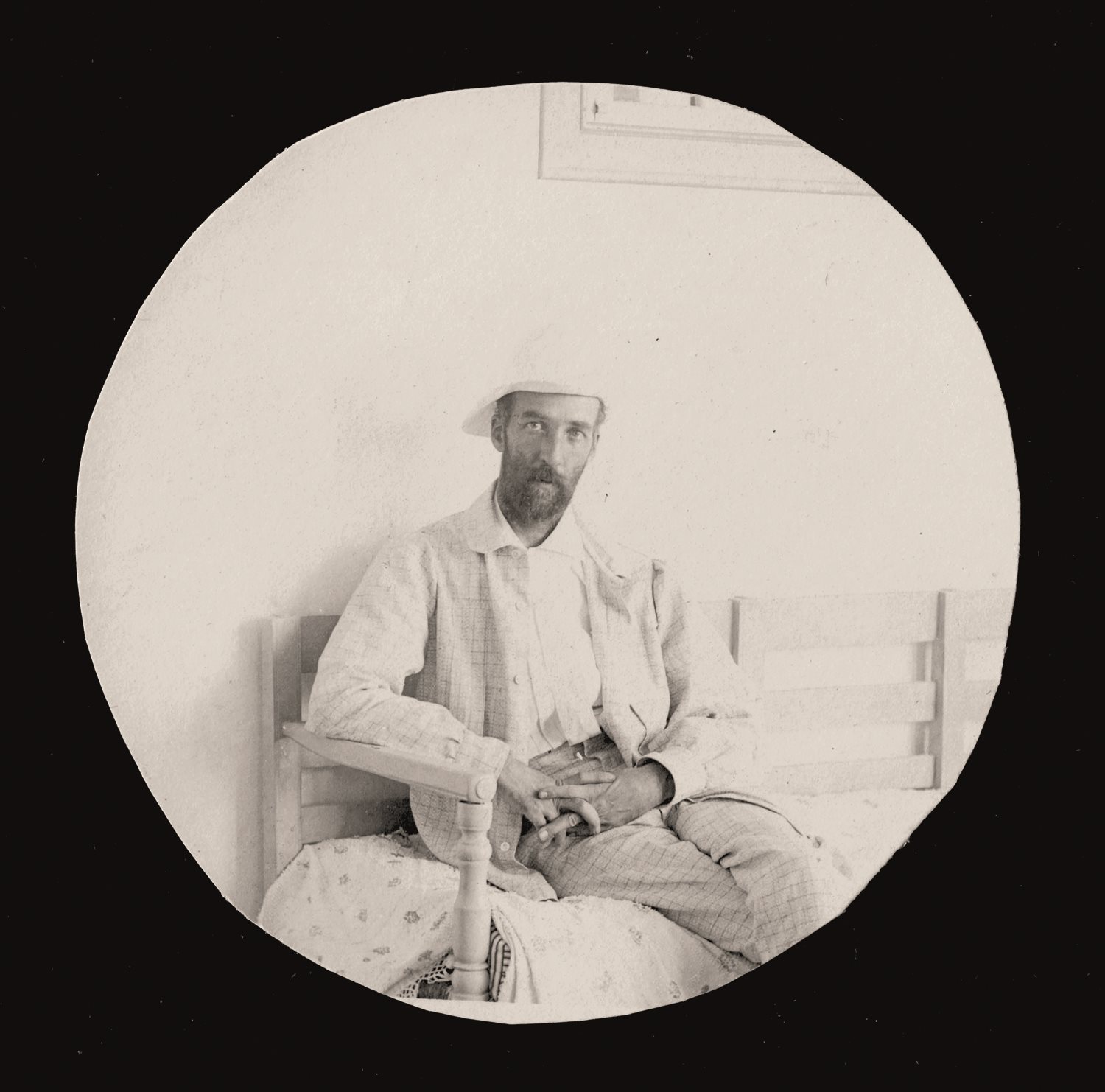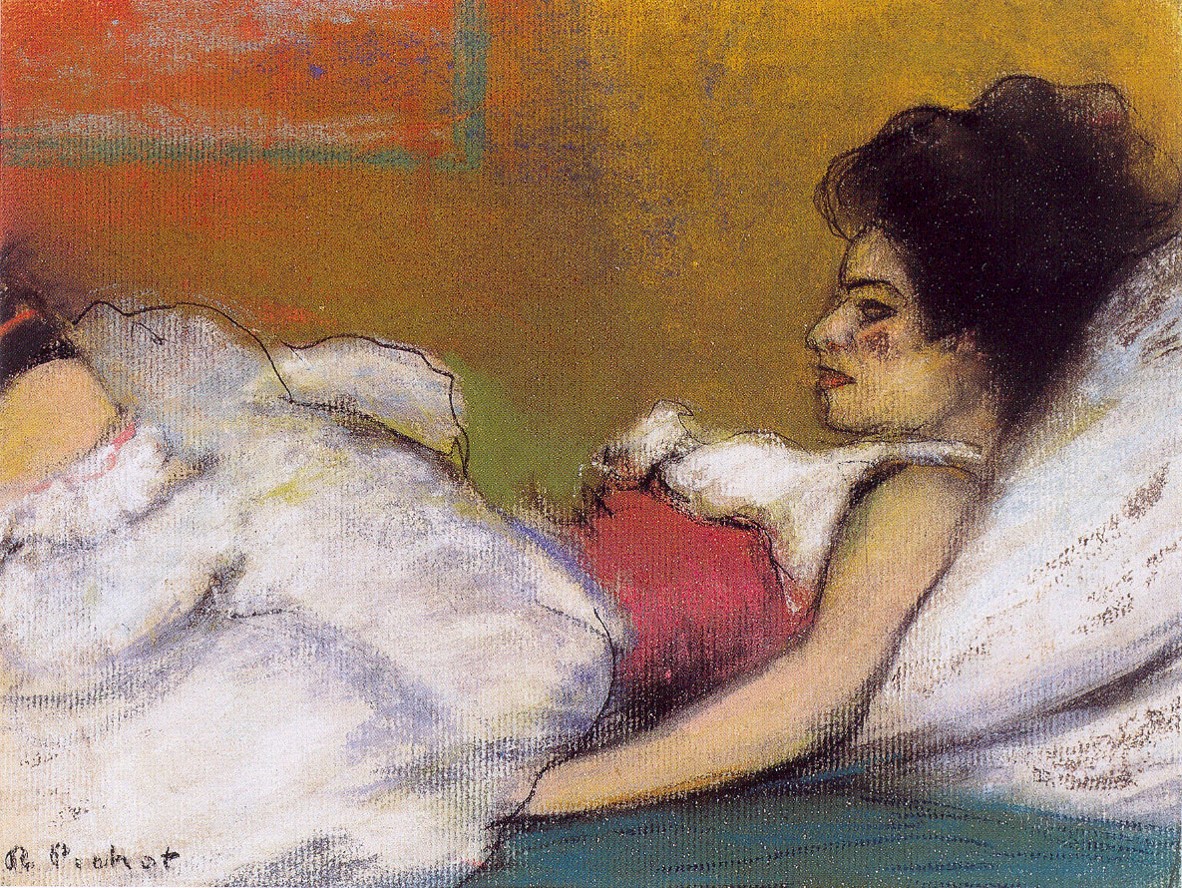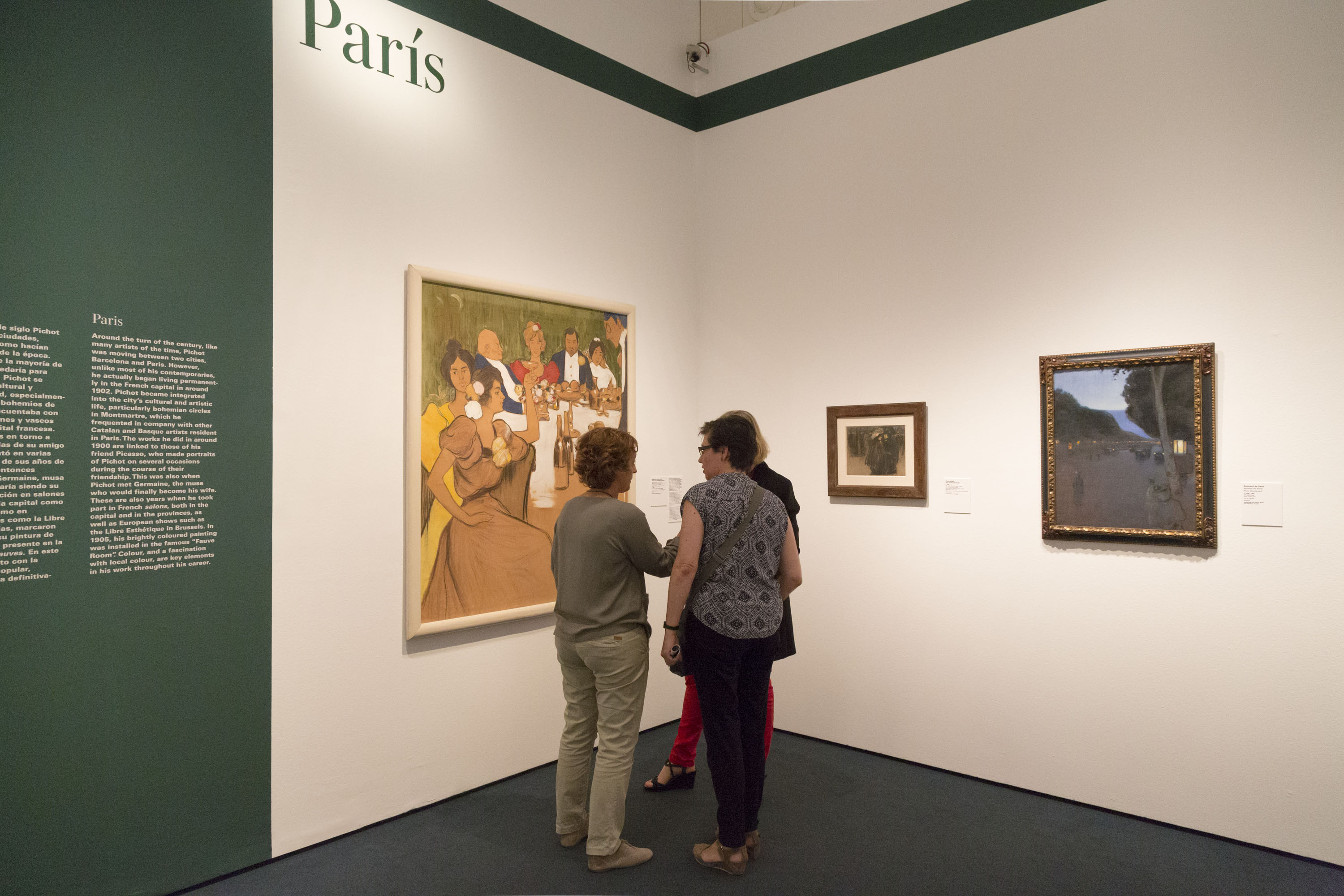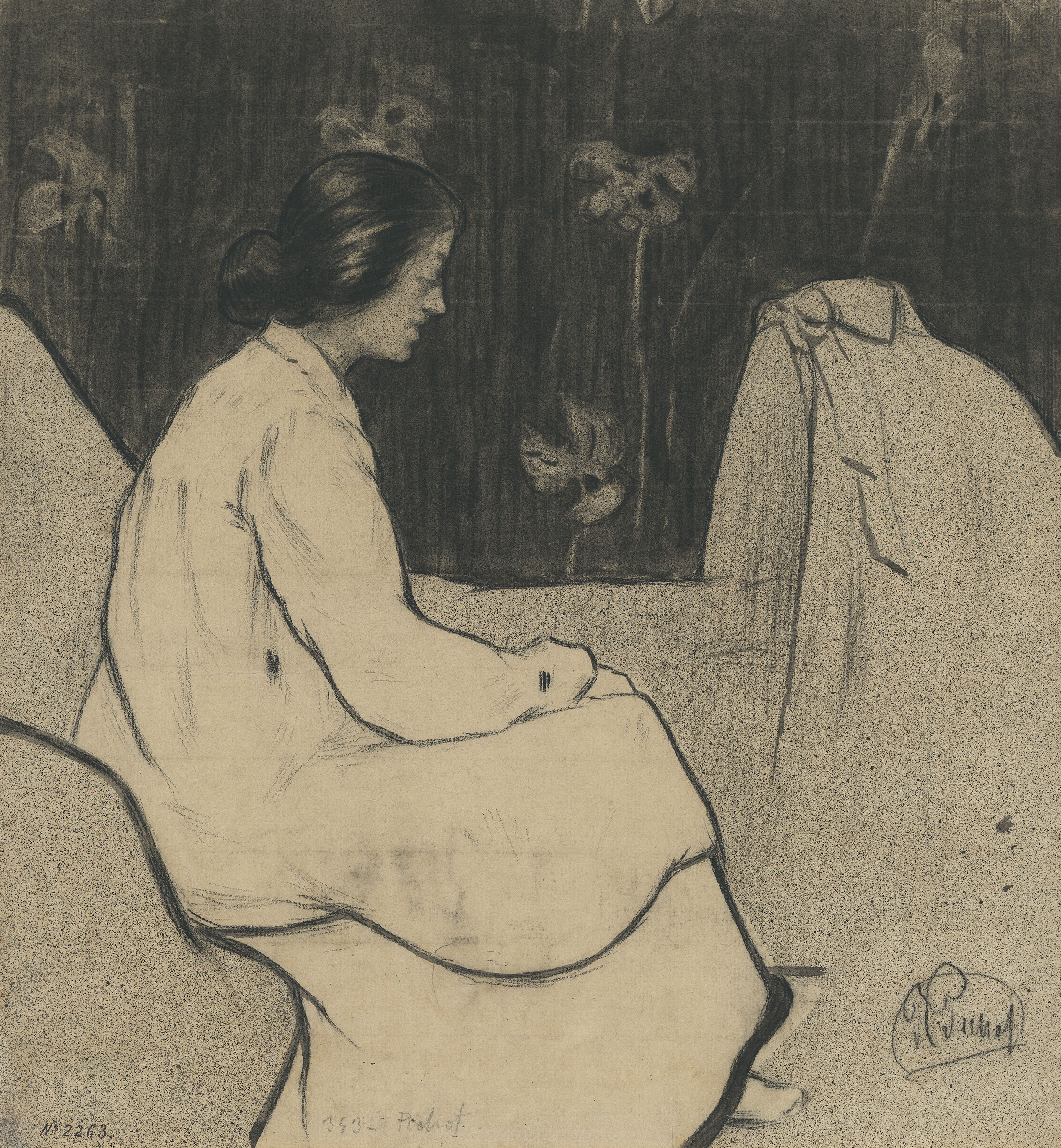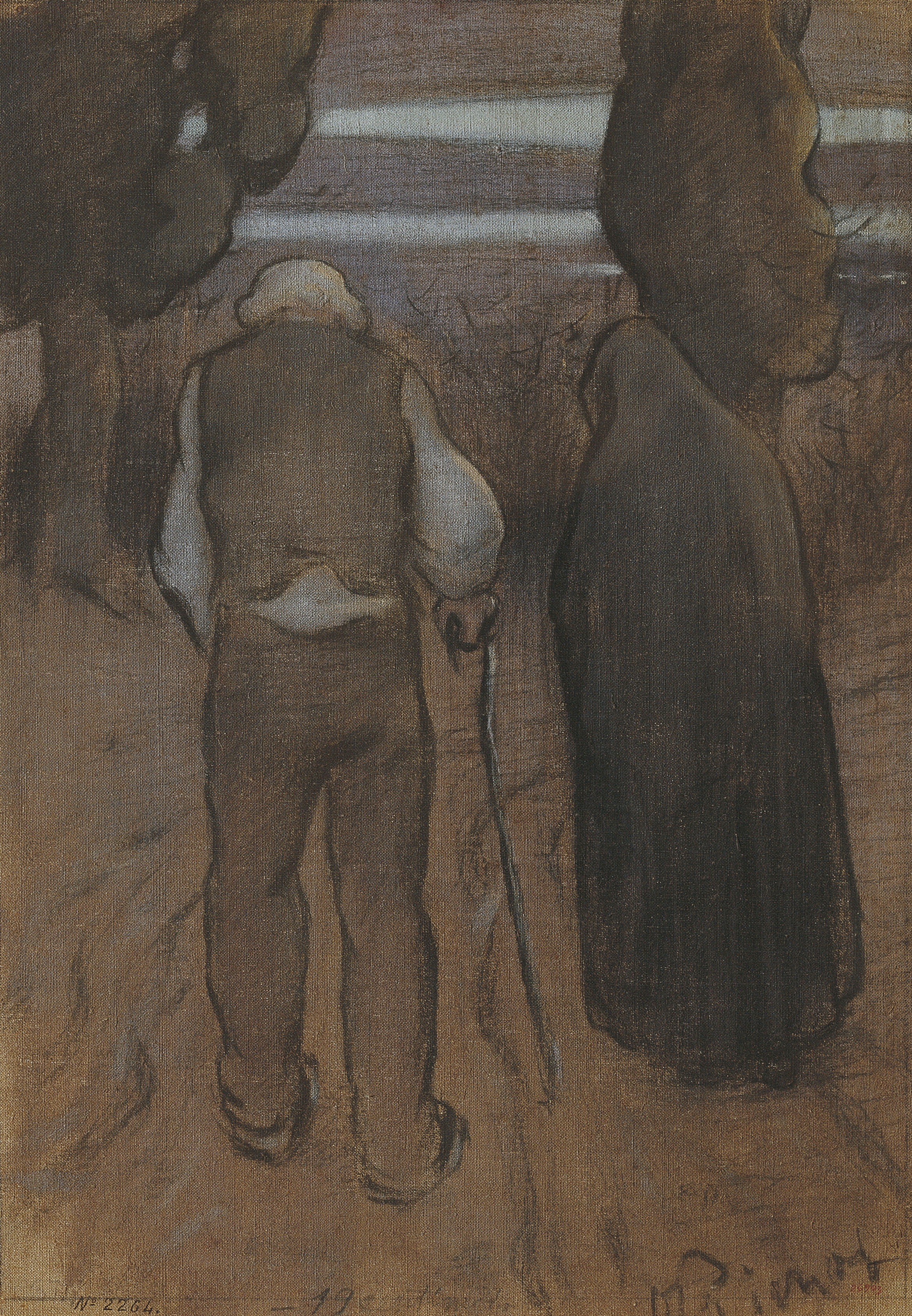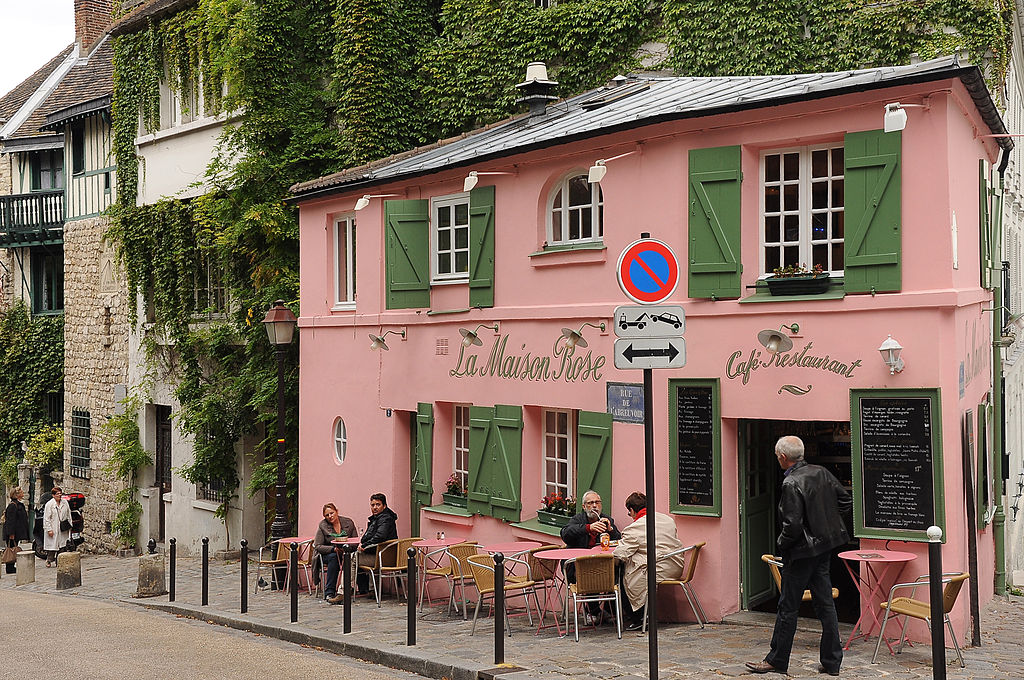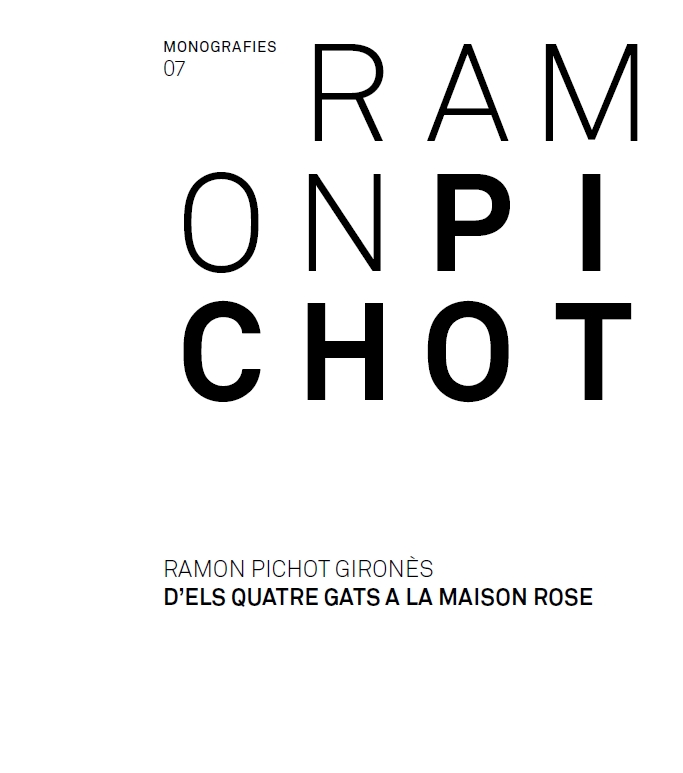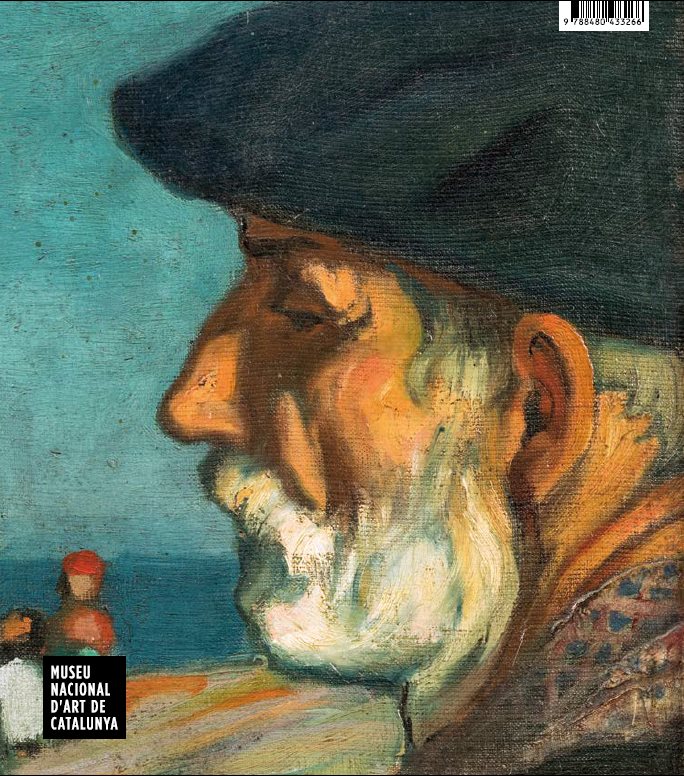Isabel Fabregat
Our exhibition Ramon Pichot, an important painter for Catalan art at the end of the 19th century and the beginning of the 20th century, has been opened. For the first time, his artistic trajectory is presented to the public. Furthermore, a first monograph has also been published.
Wich Pichot?
The Pichots are a family of artists. Apart from him, there are two other painters with the same surname. Which of them is the protagonist of the exhibition? It is Ramon Pichot Gironès, friend of Santiago Rusiñol and Pablo Picasso, member of the Colla del Safrà (a group of artists from Barcelona) and husband of Germaine, muse of artists. His nephews, also painters, were Ramon Pichot Soler and Antoni Pitxot Soler.
Bohemian life in Montmartre: Picasso, Pichot and Germaine
Like many Catalan artists, he fulfilled his dream of travelling to Paris, but unlike many others, he stayed there to live. During the first years of the 20th century, he shared the Parisian bohemian life with his friend Pablo Picasso.
There are various moments worth highlighting: they exhibited together in the Galerie Berthe Weill and they decorated the walls of the bar-cabaret Le Zut. Pichot kept the canvasses of his friend when the artist from Malaga left Paris in 1903. He attended the homage to Henri Rousseau le Douannier which Picasso organised in the Bateau Lavoir. Picasso visited Pichot in Cadaqués in 1910, etc. Even though over the years they became distanced, Picasso affirmed that the work The three dancers that he painted in 1925, when Pichot died –and that represented, from right to left, Pichot, Casagemas in the centre crucified and Germaine–, should have been entitled The death of Pichot.
Germaine, the name by which the young French girl Laure Gargallo was known, was a muse of artists: lover of Carles Casagemas, who tried to kill her and afterwards committed suicide; and also of Pablo Picasso, who portrayed her on various occasions.
In February 1908 she married Ramon Pichot, as I was able to discover by consulting his Déclaration de Succession in the Archives of Paris and by checking it in the city council archives of the XVIe arrondissement, the Parisian neighbourhood where the Pichot family lived at that time.
During the research about the artist, I was also able to find the grave of Ramon and Germaine in the cemetery of Saint-Vincent a Montmartre thanks to the help of Maria Thomas, a neighbour of Montmartre, curiously originally from Barcelona. I got to know her through a cultural institution of the neighbourhood where I had gone to do some research following the trail of Pichot. She explained to me that she had known one of the sisters of Germaine and her testimony provided me with new and valuable research data.
In the correspondence of Eugène Carrière
In Paris, Pichot became involved in the artistic circles of the French capital. Following the trail of the artist, I was able to find out, in the Bibliothèque centrale des musées nationaux of Paris, how the influential patron Aline Ménard-Dorian helped Pichot to go ahead with his artistic career. In the correspondence between Mme. Ménard-Dorian and the eminent painter Eugène Carrière you can read how the patron requested help for the young artist in 1903, when he had recently settled down in the city.
Ramon Pichot among the fauves
Pichot was one of the artists present in the famous room of fauves of the Salon d’Automne (The Autumn Salon) in 1905, and his works were hung in the room that generated a huge scandal, an episode that would give the name to Fauvism, the first avant-garde movement. According to the critics, the pieces by Pichot had live colours. Surely for this reason they decided to place them in this room.
One of the pieces presented was Sardana (danse populaire) that for the moment is only known through publications in black and white and that formed part of the important collection of Julius Stern.
La Maison Rose
Pichot lived his last years in the Maison Rose, a house situated on the corner of the Rue des Saules and the Rue Abrevoir in the neighbourhood of Montmartre, very close to the vineyards of Clos Montmartre and the famous cabaret of the Lapin Agile.
Ramon Pichot died in the Maison Rose in 1925 suffering from tuberculosis. Years before, the couple Pichot-Germaine had opened a restaurant on the ground floor of the house, where Ramon had an artist studio on the first floor, as you can see in a photograph of the time. Nowadays, the building is conserved just about the same as before, with the pink and green colours on the façade, and the current owners continue the activity as a restaurant.
Pichot-Dalí-Pitxot
The Pichot family and the Dalí family held a friendship and would meet up both in Figueres and in Cadaqués. According to what Dalí himself wrote, the paintings of Ramon Pichot helped him to discover impressionism when he saw them hung in the house of Maria Gay, Ramon’s sister, where the young Salvador was getting over an illness.

Ramon Pichot, [Maria Pichot de Gay. Poster for the Songs of her husband], 1900
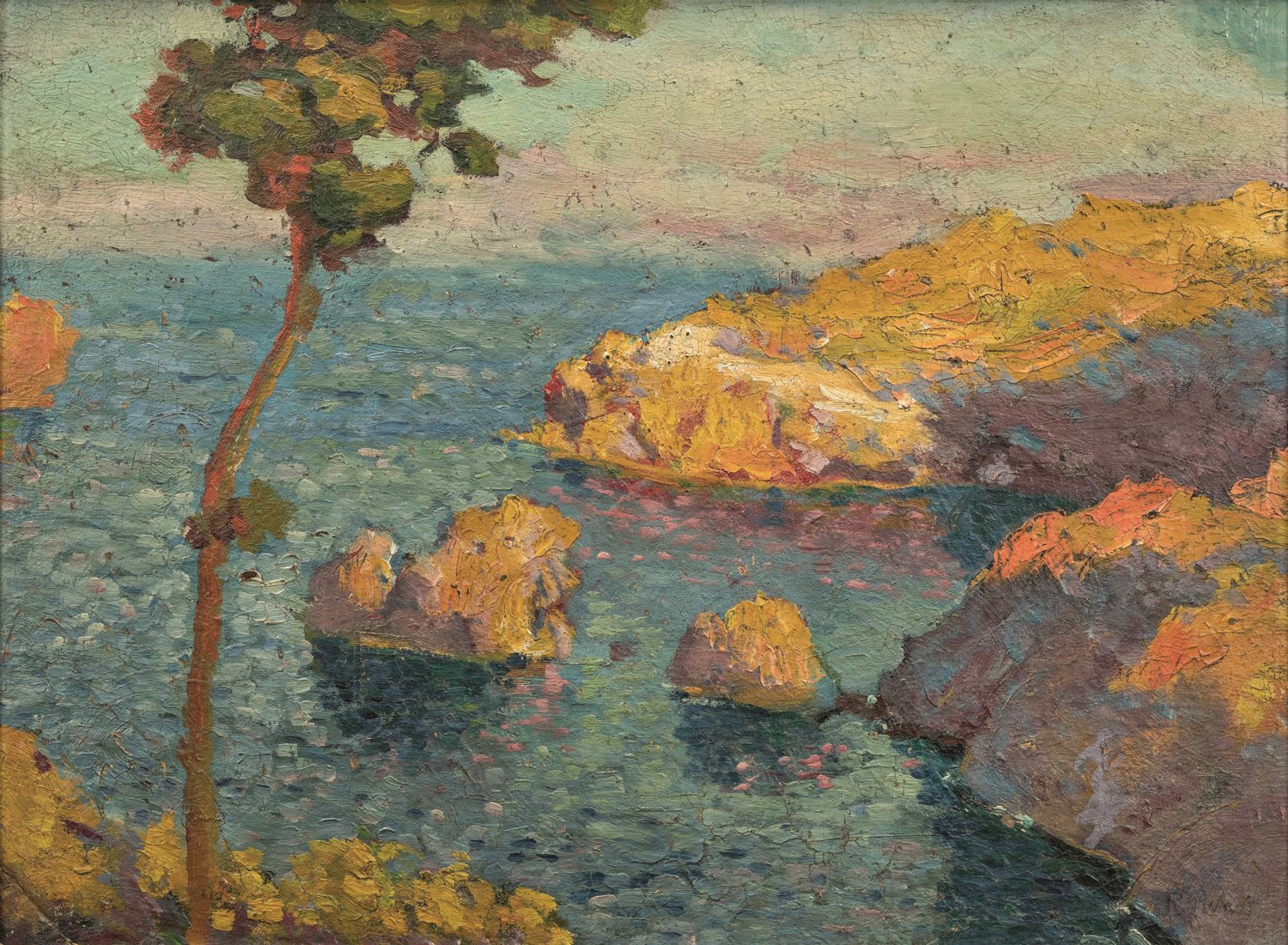
Ramon Pichot, Cala Nans, Cadaqués, c.1900. Pichot Family Collection. Dalí did a painting of the same cove.
This project of being the exhibition curator was born from the will to discover Pichot’s work and is the result of various years of research which culminated with the defence of a doctoral thesis about the artist in the University of Barcelona. The research was possible thanks to a pre-doctoral grant that allowed me to carry out research stays in France, above all in Paris, the city where he lived a major part of his adult life.
Related links
Casagemas, vindicated. History of a long research and of an exhibition
Ramon Casas and the Chinese Shadow Puppets. Bohemia and the popular imaginary
Isabel Fabregat
Curator of the exhibiton Ramon Pichot

